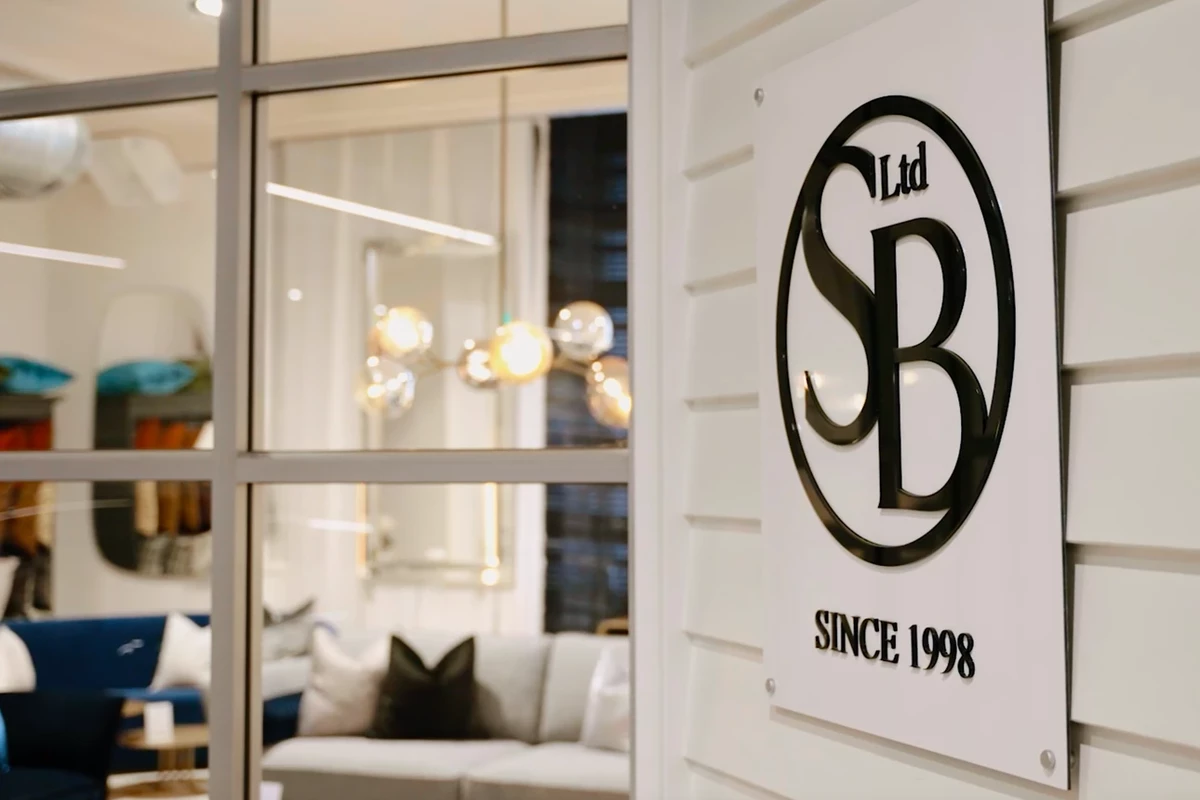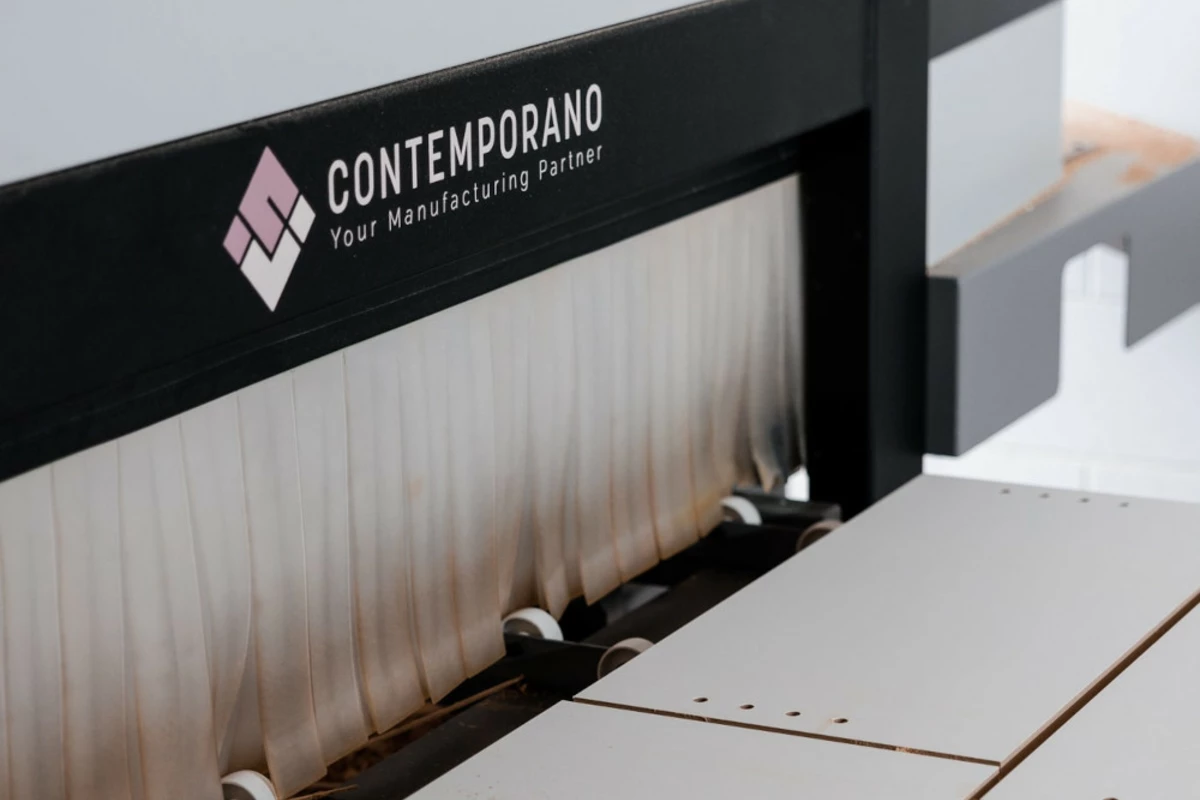Or how I justify my lack of cool.
I’ve been inaccurately described at various times in my life as christian, gay, and even now and then as British. I’ve been told it’s because I’m nice and that I speak well - which is kind of people to say. What has never been uttered out loud, to my knowledge at least, is that I’m cool. Perhaps more accurately my lack of cool has always spoken for itself. I suppose it’s because I get far too enthusiastic about things.
But who cares, right? We grow up, with any luck we find our place in the world and we get on with the business of living. It’s just that, well, both my business and my living is design, and for better or worse designers and the design industry are obsessed with what is cool. It’s not an enthusiasm I share, perhaps because I often find myself out-of-sync with common understandings of style and dress.
I worry that a good designer must be someone connected to the zeitgeist, somebody with a sharp social barometer who can read the shifting patterns of design and then successfully integrate them with their own work. I am not that person. I would like to believe, however, that I am a good designer, and so I’ve spent many hours shuffling my ideas about design around in order to make everything fit. Bear with me, dear reader, as I lay out the foundations of this shaky argument.
Design is a process
One of the more enduring ways to consider design is as an iterative process by which humans seek to create improvements. It is a thoughtful & reflective practice, in which many inputs are gathered, considered, filtered, and refined time and again. This process informs architecture, product design, branding, software design, and thanks to the liberal application of Design Thinking, the way in which an increasingly large array of public & private enterprises are run.
Design as a process has become a widespread and effective methodology, with broad parallels in other aspects of human society. Just as the Theory of Relativity is a product of the scientific method, your name-brand running shoes are a product of the design method.
I like thinking about design in this way because it inspires hope in me; hope that our creativity and cleverness can solve our most pressing challenges, and not just create new running shoes. It speaks to me of the collective imagination of our ragtag tribe of humans, and the potential of what we might achieve.
This process is at it’s very heart creative, but the thing it creates is also something that we love to call design.
Design is an outcome
Design as an outcome is at rest. It is the arch of a bridge that hangs suspended over a deep gorge. It is a moment of clarity. Design that performs a single function well has a spiritual stillness. It is complete.
We recognise these moments as an act of the imagination made real. You can see them when you walk into a building that makes you catch your breath, that forces you to pause and consider your position within a larger space; when you use a tool that functions seemingly without effort; when you see a poster on a wall that speaks to you from across the street and seems to silence the noise and clutter around it. These are intentional moments in which the outcome of the design process becomes a design made real.
It’s easy enough to engage with this level of design. You can buy large books on architecture, or mid-century furniture, or advertising. You can fill your social media feed with inspirational images of interiors or fashion. The important thing to remember is that not all of these designs made real are beautiful in a traditional sense. What attracts us to them is the intent to overcome a challenge, and the thought that this is exactly what we have done. We are attracted to the notion that our creativity and our cleverness have in some way triumphed.
"We are attracted to the notion that our creativity and our cleverness have in some way triumphed."
It’s as though the design is speaking to us. And sometimes, quite literally, it is.
Design is a signal
If we’re lucky enough to commission an architect to design the house of our dreams, we’ll probably also be fantasising about the day we get to show it off. The designs we own say something about us. They can be status symbols, they may communicate our inclusion within a certain community, they can signal either our virtue or our vice. They most definitely will have something to say about whether or not we’re cool.
Most fashion fits within this category of design. While there are functional requirements to fashionable garments, the exact shape, colour, and texture are the way they are because they are talking to us. They are a part of a conversation.
Graphic designers know this intimately, too. The tone of voice, the colour, the photography, everything that combines to create an image communicates with the audience in subtle and complex ways. Sometimes the signal and the outcome are the same thing, though they usually operate at different levels of our awareness. The outcome of a poster may be to effectively tell us about an upcoming event and book a ticket, the signal will tell us about what to expect culturally from the event, for example whether it’s a suit & tie business soiree, or more of a death-metal kind of vibe.
Thinking of my own journey in design, it’s at this level that I falter. I completely overthink it, because although I understand the design process and how to achieve the right outcome, I live in fear that I’m not communicating at the right level. I’m like an ethnographer trying to speak to a long lost hill tribe, stumbling over unfamiliar sounds and cultural habits.
I only get it right, it seems, when I stumble upon some rare offshoot of my own tribe. Design as a signal might be seen as the social meaning of the design.
Your next design will be three things
No design that you or I create is purely one or the other of these three axes of design. It often goes through all of them even when we don’t mean it to. For me the importance is in understanding the intent of my assignment. We do this in our industry by writing a clear design brief.
It is in the design brief that I employ the three axes. The brief should allow us to capture the nature of the process, including all of its various inputs and participants. It should capture the desired outcome, and it should understand the social meaning to those that will be engaged with the design.
I don’t know a lot about being cool, but maybe I don’t need to. Design is a collaborative creative effort, and I’m glad to say I know some pretty cool people.
James McGoram is a digital designer and one of the directors of Digital Advisor, where he works with businesses to improve the way they use web technology. He's been running one version or other of this business for twenty years now. He is not British (not that there's anything wrong with that.)

Meet with us
If you're interested in talking with us about your online presence or digital design & programming needs, call or email us to arrange a consultation. We travel nationwide as needed.
Phone 021 858 600
Email james@digitaladvisor.nz



